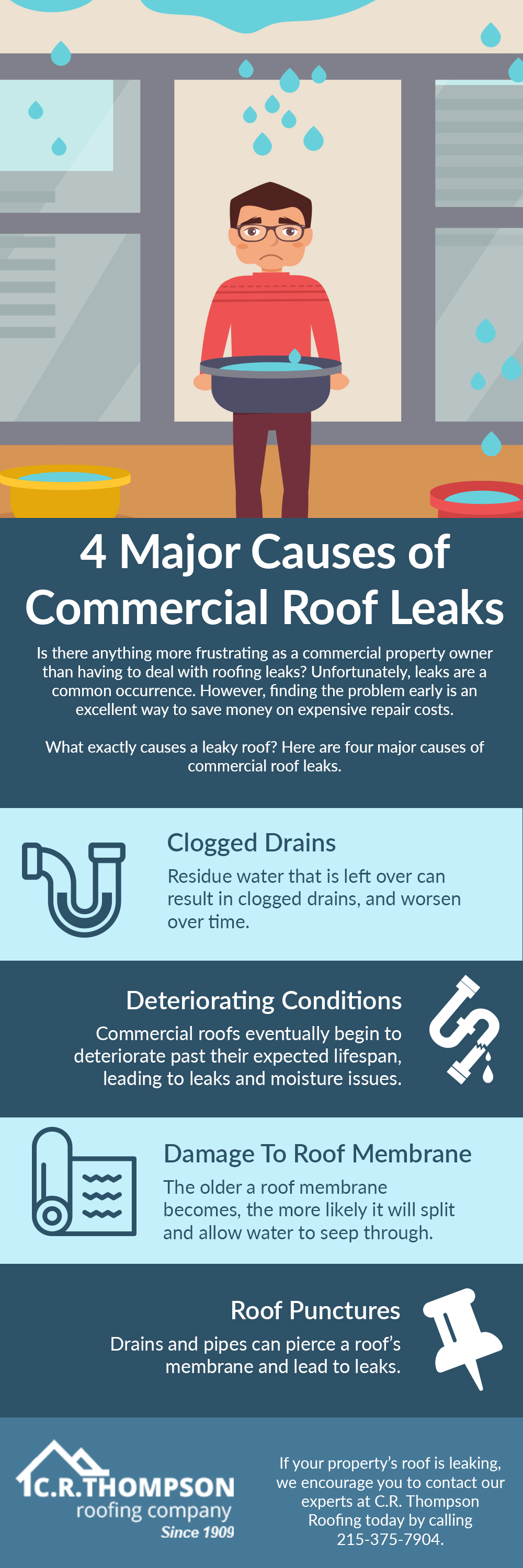Exploring The Financial Effects Of Solar Panel Setup: Is It A Prized Possession Investment?
Exploring The Financial Effects Of Solar Panel Setup: Is It A Prized Possession Investment?
Blog Article
Content Writer-Holdt Stiles
When taking into consideration the prices of solar installment, you could question the ahead of time investment required and whether it aligns with the prospective long-term advantages. Comprehending the ins and outs of these expenses and the various elements influencing the overall return can shed light on the worth proposition of transitioning to solar power. By examining both the preliminary arrangement expenses and the predicted financial savings over time, you can acquire insight right into whether the investment in solar setup holds guarantee for your economic future.
First Setup Expenses
When considering the costs of solar installation, the preliminary arrangement costs play a vital function in your decision-making procedure. These in advance expenses include the price of photovoltaic panels, inverters, mounting tools, and installment labor.
The rate of solar panels can differ relying on the brand, performance, and size you choose. Inverters are necessary for transforming the sun's energy into usable electricity and be available in different kinds such as string inverters, microinverters, and power optimizers, each with its own cost effects.
Installing equipment, such as shelfs and rails, is necessary to safely set up photovoltaic panels on your roof or residential or commercial property.
The installation labor expense covers the professional installment of the solar system, making certain that everything is set up correctly and efficiently. Remember that while these first configuration expenditures may appear high, there are frequently discounts, tax obligation motivations, and funding choices available to help offset the expenses and make solar installation a lot more budget-friendly in the long run.
Long-Term Cost Savings Evaluation
To recognize the economic benefits of solar installment gradually, it's vital to carry out a thorough long-lasting financial savings evaluation. While the first arrangement expenditures of photovoltaic panels might appear challenging, the long-lasting savings can outweigh these costs substantially. By taking advantage of the power of the sunlight to produce electricity for your home, you can possibly save countless bucks on your utility bills over the life expectancy of your solar system.
One of the essential elements to take into consideration in a lasting cost savings evaluation is the decrease in your electricity bills. With photovoltaic panels, you can produce your electrical energy, lowering or perhaps eliminating your reliance on the grid. This can lead to substantial cost savings, especially as energy prices continue to climb.
Additionally, many governments provide motivations such as tax credit histories and rebates for mounting photovoltaic panels, better boosting your long-term cost savings. By https://www.energymatters.com.au/renewable-news/do-solar-panels-need-direct-sunlight-the-truth-about-solar-panel-performance-on-cloudy-days/ from these rewards and maximizing your solar power production, you can enjoy considerable economic benefits for many years to find.
Roi Estimation
Considering the financial benefits of solar installment, it's time to assess the Return on Investment (ROI) calculation. Figuring out the ROI includes comparing the overall costs of setting up a solar system with the financial benefits it creates over its life-span.
To determine ROI, divide the internet make money from the system by the total investment price and multiply by 100 to obtain a percent. The ROI formula is: (Net Revenue/ Total Amount Investment Expense) x 100.
As https://zionpvans.dailyhitblog.com/35708346/tips-for-making-best-use-of-the-performance-of-your-solar-installment-and-getting-the-most-out-of-your-financial-investment , if the total cost of setting up a solar system is $20,000, and over its life expectancy, it generates cost savings and earnings completing $30,000, the net profit would certainly be $10,000. Splitting this by the complete financial investment cost of $20,000 gives a ratio of 0.5. Increasing this by 100 supplies an ROI of 50%.
Usually, a greater ROI indicates a much more economically fulfilling investment. Factors like federal government incentives, maintenance expenses, and energy cost changes can impact the ROI of solar installations. Recognizing the ROI helps in examining whether buying solar power deserves it over time.
Final thought
To conclude, recognizing the expenses of solar setup is critical for identifying if it deserves the financial investment. By considering first configuration expenditures, conducting a lasting cost savings evaluation, and computing the roi, you can make a notified choice regarding the monetary value of solar power. With the possibility for reduced utility costs and raised energy independence, buying solar setup can be a clever choice for both your budget and the environment.
